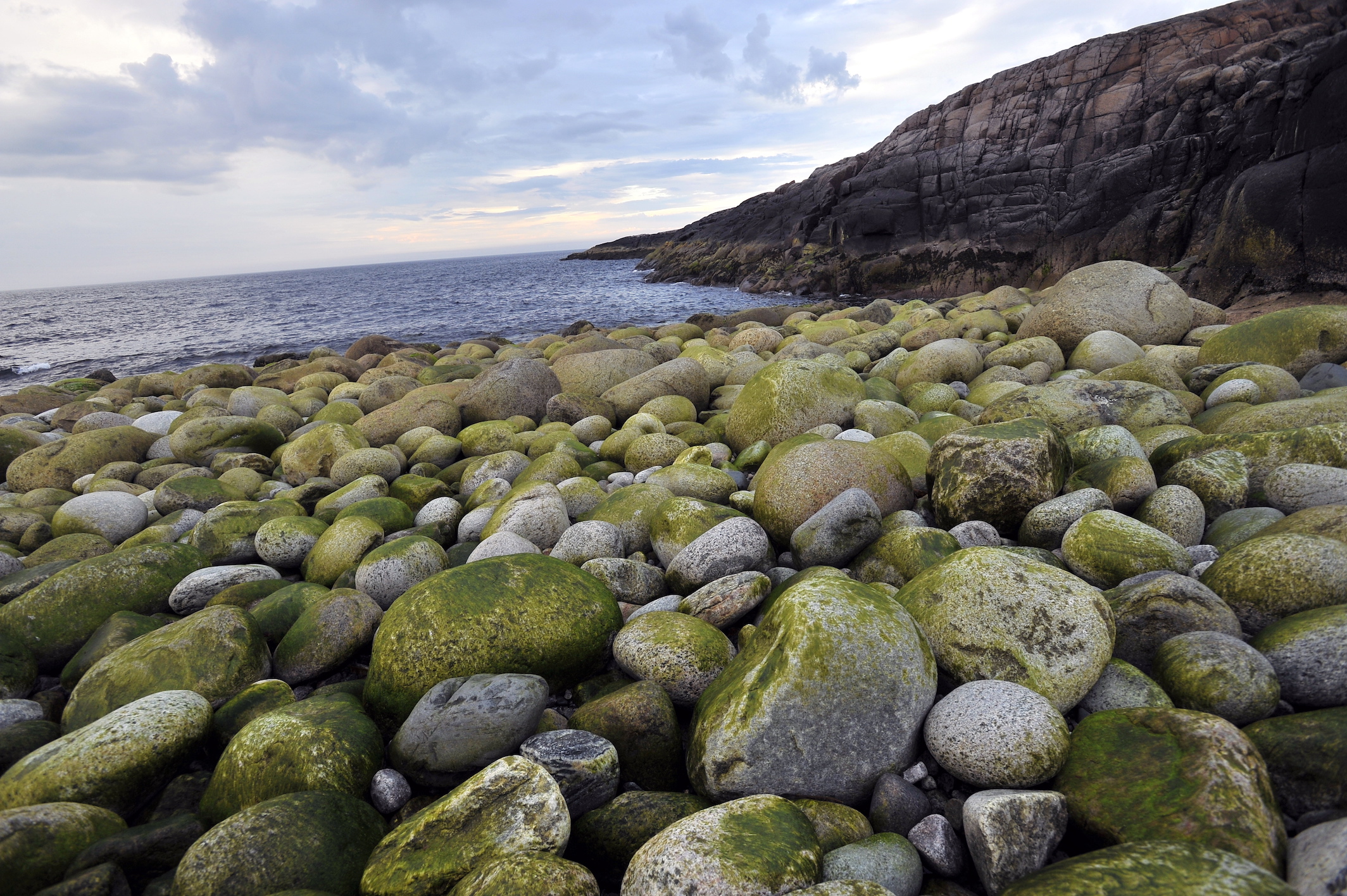ID :
636583
Tue, 07/26/2022 - 18:36
Auther :
Shortlink :
https://oananews.org//node/636583
The shortlink copeid
Scientists test Novaya Zemlya’s north for heavy metals, radionuclide contamination

Photo by Lev Fedoseyev/TASS
BARENTS SEA, July 21. /TASS/. Experts of the Joint Institute for Nuclear Research (based near Moscow in Dubna) for the first time will conduct studies of air and soil in Novaya Zemlya’s north for the contamination with heavy metals and radionuclides. They will use high-precision tests in biomonitoring, said a TASS correspondent, participating in the Arctic Floating University’s expedition onboard the Professor Molchanov research/survey vessel. During the expedition the experts sampled soils, mosses and sediments on the archipelago’s Severny and Vaygach Islands.
"We have even exceeded our program," Marina Frontasyeva, advisor to director of the Frank Neutron Physics Laboratory at the Joint Institute for Nuclear Research, told TASS. "Initially, the plan was to sample biomonitoring mosses for the UN (United Nations) Air Europe program. With these samples from Novaya Zemlya, we have closed another white spot on the map of the Russian Arctic. The second item is that we have collected sediments and soils to assess the environmental situation from the point of view of contamination with heavy metals and radionuclides."
Mosses are biological monitors
Under the project, researchers will assess air pollution in the high-latitude Arctic by using mosses, which are biological monitors. The thing is that mosses absorb like a sponge a variety of pollutants. They have no roots, and basically everything accumulated in them gets into those plants right from the air. This method was initiated by Scandinavian scientists and has been used actively, especially in Western Europe. Russia and other countries have been using it lately. The method of collecting mosses is simple, and there are a few species that are common almost everywhere, thus scientists may compare test results.
Heavy metal pollution tests have been conducted on Novaya Zemlya earlier, but at a number of locations, the Floating University’s participants collected samples for the first time. In addition to that, it is for the first time that specialists will conduct tests to see a very wide range of elements. "The neutron activation analysis makes it possible to identify up to 45 elements, including rare earth elements," Nikita Yushin of the Joint Institute for Nuclear Research explained to TASS. Rare earth elements include, for example, lanthanum, indium, cerium and europium, and a number of others.
The data on the state of air in that part of the Arctic will be included into the European atlas Atmospheric deposition of trace elements and radionuclide based on moss analysis, published under the auspices of the UN. The publication is scheduled for 2025.
Active biomonitoring
Active biomonitoring was conducted throughout the expedition. Moss samples had been collected in the Tver Region, which is recognized as practically clean and free from pollution.
This research method has been used mainly in cities to estimate emissions from industrial enterprises or, for example, emissions from boiler houses in winter that run on coal or on fuel oil. Mosses work as sorbents, absorbing pollution from the air. This is a cheap material, and hanging or collecting samples does not require special costs. "Recently, we have hung them in Mongolia, where the fuel is coal. And there is a valley there, where air does not move, and thus smog forms actively," the expert said.
Soils and red snow
The experts will test samples from the north of Novaya Zemlya for radionuclides and heavy metals. "Novaya Zemlya is a test site, and it is very interesting what we will see there, what radionuclides and heavy metals," Frontasyeva said. "The thing is - heavy metals are reflected from the shells of both nuclear and non-nuclear ammunition. We’ve carried out similar work when we analyzed snow columns from the Polar Arctic. And indeed, in the 1960s, when there were tests in the Sahara, metals were moving along magnetic lines towards the pole, thus even we could see consequences from explosions in the Sahara. Heavy metals - tungsten, vanadium".
Scientists will compare results with the reference territories data. Here, the reference territory is the territory of central Norway, which is considered one of the most environmentally friendly territories.
The Institute’s specialists will analyze the red snow that microbiologists have discovered. Microalgae give it an unusual color. The algae contain a pink pigment. The scientists want to find out which element is responsible for the coloring. It may be manganese or iron, they suppose.
The Arctic Floating University is a joint project of the Northern Arctic Federal University (NAFU) and the Northern Department for Hydrometeorology and Environmental Monitoring (Sevhydromet). This year, the project is ten years old. The partners in 2022 are the Russian Geographical Society, the Ministry for Development of the Far East and Arctic, VTB, Novatek, Norilsk Nickel, Rosneft, and the Arkhangelsk Region’s government.
Read more





